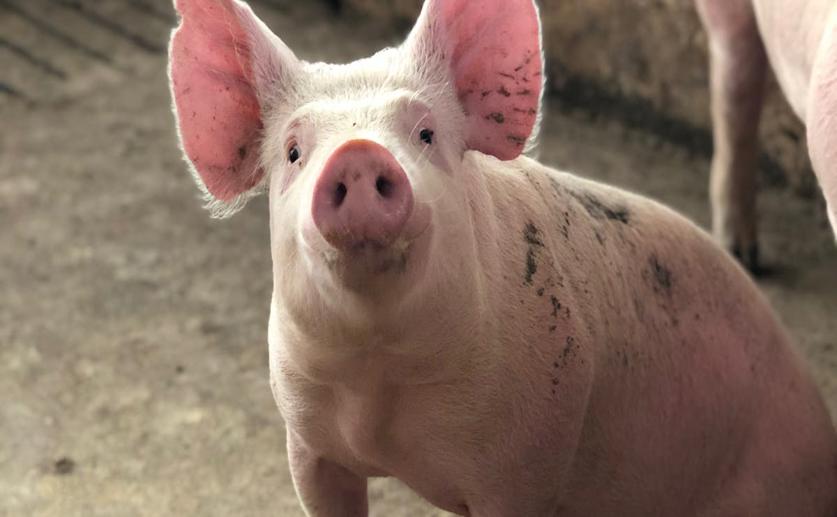
Turning Wild Pigs into Farm Animals: Early Results on Meat and Consumer Opinions
Jenn Hoskins
26th July, 2024

Image Source: Barbara Barbosa (photographer)
Key Findings
- In Martinique, Creole pigs showed better growth performance on one farm compared to another, with higher daily weight gain and carcass weight
- Consumers preferred the meat from younger pigs, rating it higher in tenderness and juiciness
- There is a strong consumer preference for processed Creole pork products like sausage and ham over fresh meat, with a focus on taste and quality
AgricultureHealthAnimal Science
References
Main Study
1) Re-domestication of feral pigs in Martinique: first results of growing-finishing trials to test meat consumption and consumers' perceptions.
Published 24th July, 2024
https://doi.org/10.1007/s11250-024-04051-6
Related Studies
2) Towards the use of on-farm slaughterhouse.
3) Effect of a linseed diet on lipid composition, lipid peroxidation and consumer evaluation of French fresh and cooked pork meats.
4) Porcine colonization of the Americas: a 60k SNP story.



 6th May, 2024 | Jenn Hoskins
6th May, 2024 | Jenn Hoskins